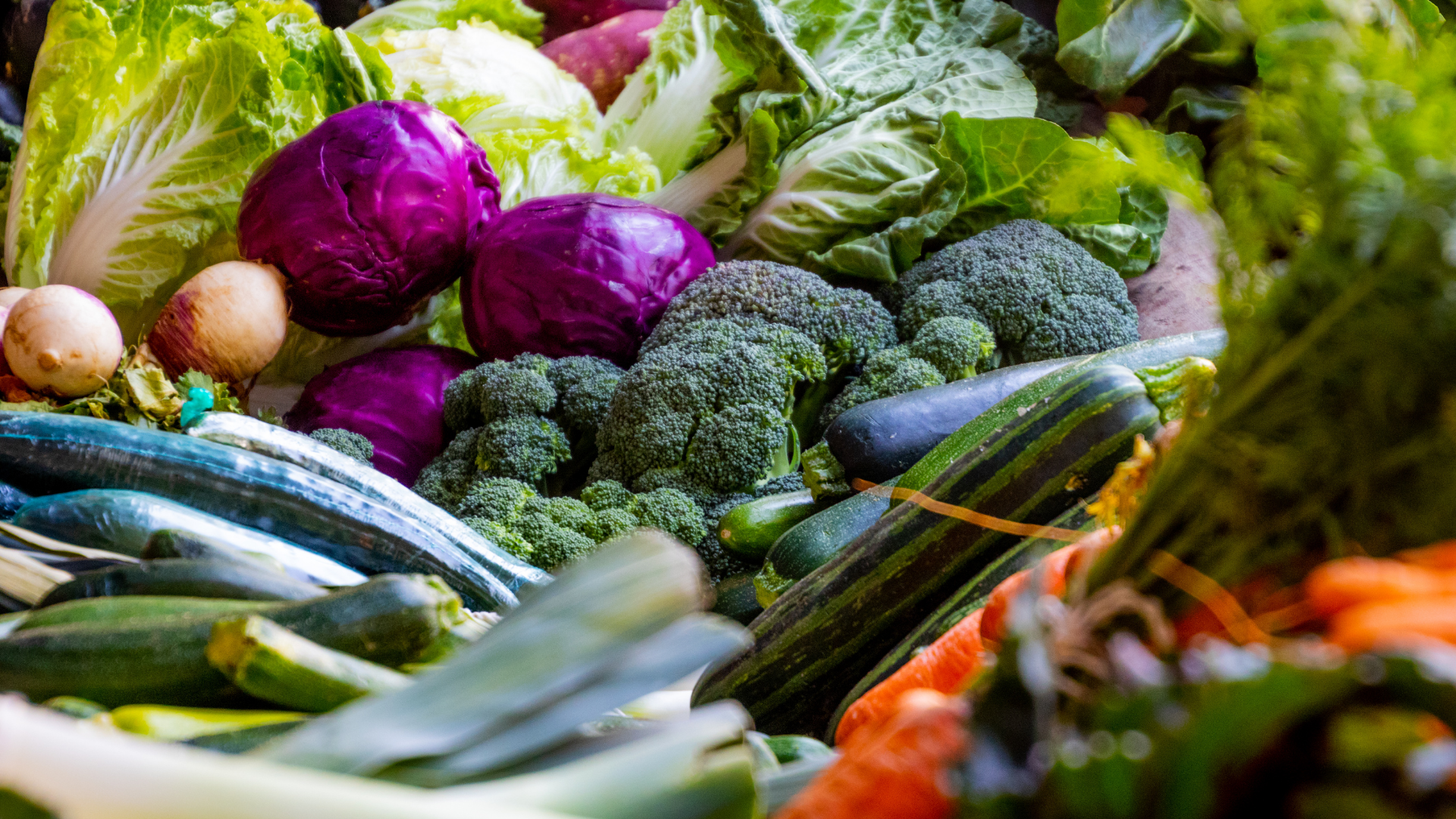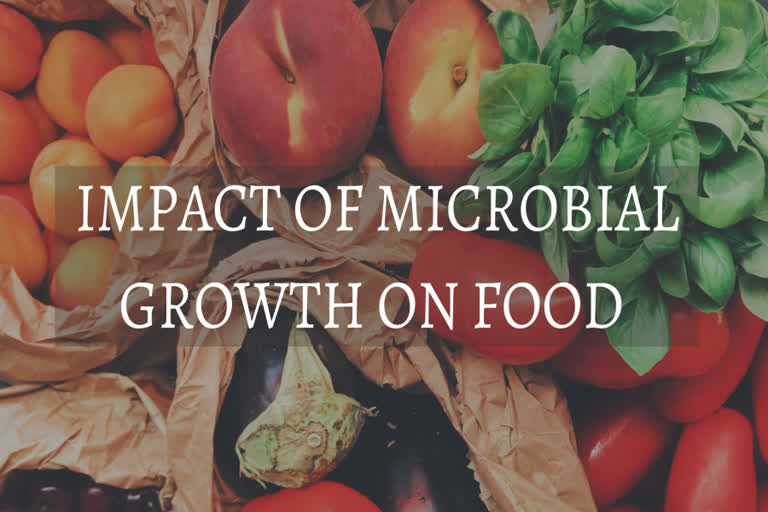Hyderabad: Some of the foods like milk when are left as it is, it will develop distinct odour and colour indicating that it has been spoiled. When the same milk is boiled and kept aside, it will be fresh for some hours. Not only the milk but every food item like vegetables, fruits, meat, eggs and so on when bought and left without following specific measures they are susceptible for spoilage.
Why is it happening with the food? As foods are rich in nutrients they readily support the growth of microbes. This growth of microorganisms in food is both beneficial and detrimental for mankind. The beneficial results include the production of acids, alcohols, in the production of dairy products like butter cheese and so on, which we have seen as fermentation property of microbes.
Contrary to this the detrimental side of the microbial growth on food leads to spoilage of the foods. This can be observed by the change in colour, odour, texture, and taste of the food. This spoilage is generally caused by the growth of the microbes, the enzymatic reactions, chemical residues or by the oxidation of fats (rancidity) that are present in the food.
If this contaminated food and water have been ingested by humans they result in some illness like typhoid fever, Q fever, cholera, etc. and some food poisoning as botulism which may be sometimes fatal.
What can be done to prevent the spoilage of the food? So that everyone gets the nutrients present in the food, but not the illness that is caused by the unwanted growth of microbes. Here comes the methods that are followed by humans from ancient times to date to preserve the quality and taste of the food.
This includes that every food has to be handled properly and treated with specific methods to keep them away from microbial growth, at the same time making the nutrients remain intact in them. This overall process is called preservation. Why do the foods have to be preserved? It is very much simple that the shelf life of the food has to be increased so that it remains fresh for some time, the nutrients have to be intact without any loss, the foods have to be made available for some distant places that include the export and import of the foods.
Traditionally many preservation techniques have been followed by humans like boiling, drying, freezing, pickling, sugaring, salting and so on.
Boiling is the traditional method to preserve liquid foods like milk and water. Heating these liquids at above 100°C kills the microbial cells by denaturing their proteins. In rural areas where the water is boiled and consumed can decreases the common waterborne illness like typhoid, dysentery etc.
Drying is the process where the food is allowed to dry under sunlight. Allowing the food to dry removes all the moisture and makes the food free from microbes. Adding salt to the food as flavouring also helps to decrease the contamination. Examples include meat, fish, vegetables, grains and so on.

A refrigerator which is every household item is used for the storage of vegetables, meat, eggs, etc. The low temperature retards the growth of microbes and can be kept fresh for few days. In rural areas, some people follow the root cellar storage systems which are underground or partial underground systems where the food is stored underground. Foods such as vegetables, fruits, nuts etc can be stored by this method.
Some of the fruits are stored with high sugar concentrations. The higher sugar content makes the solution hypertonic and it withdraws all the water from the cells and prevents contamination. This is preservation called sugaring. This is the principle technique to preserve food for longer periods in case of jams and jellies.
Also Read: Twitter Spaces update makes it easier to share, discover live audio
For ages, we have seen our grandmothers preparing the pickles in summer for further use in the remaining seasons. We know the pickles have remained fresh and nutritious without any contamination. The main ingredients added to them like salt and oil makes the pickles free from microbial growth. Cells growing in the hypertonic solution lose water. This process is called plasmolysis. This is the basic principle involved in salting the pickles.
Examples include the pickling of fruits like mangoes, lemons, and gooseberry. Even meat, fish, eggs are also pickled in some countries.

Sometimes the anaerobic fermentation of some vegetables increases the flavour, texture of the pickles. Along with this fermentation, results in the production of acids, alcohols help in decreasing the spoilage by pathogenic microbes.
Example: carrots, sauerkraut etc.
Canning is one more process where the food that is cooked is stored in cans or sterilized jars are boiled for some time for sterilizing the food.
The above-discussed ones are the traditional methods which are being used for ages by humans in storing foods. By following these simple measures at home one can preserve the foods for longer days and can get rid of the food and waterborne illness.
Also Read: Microorganisms or microbes in our day to day life



